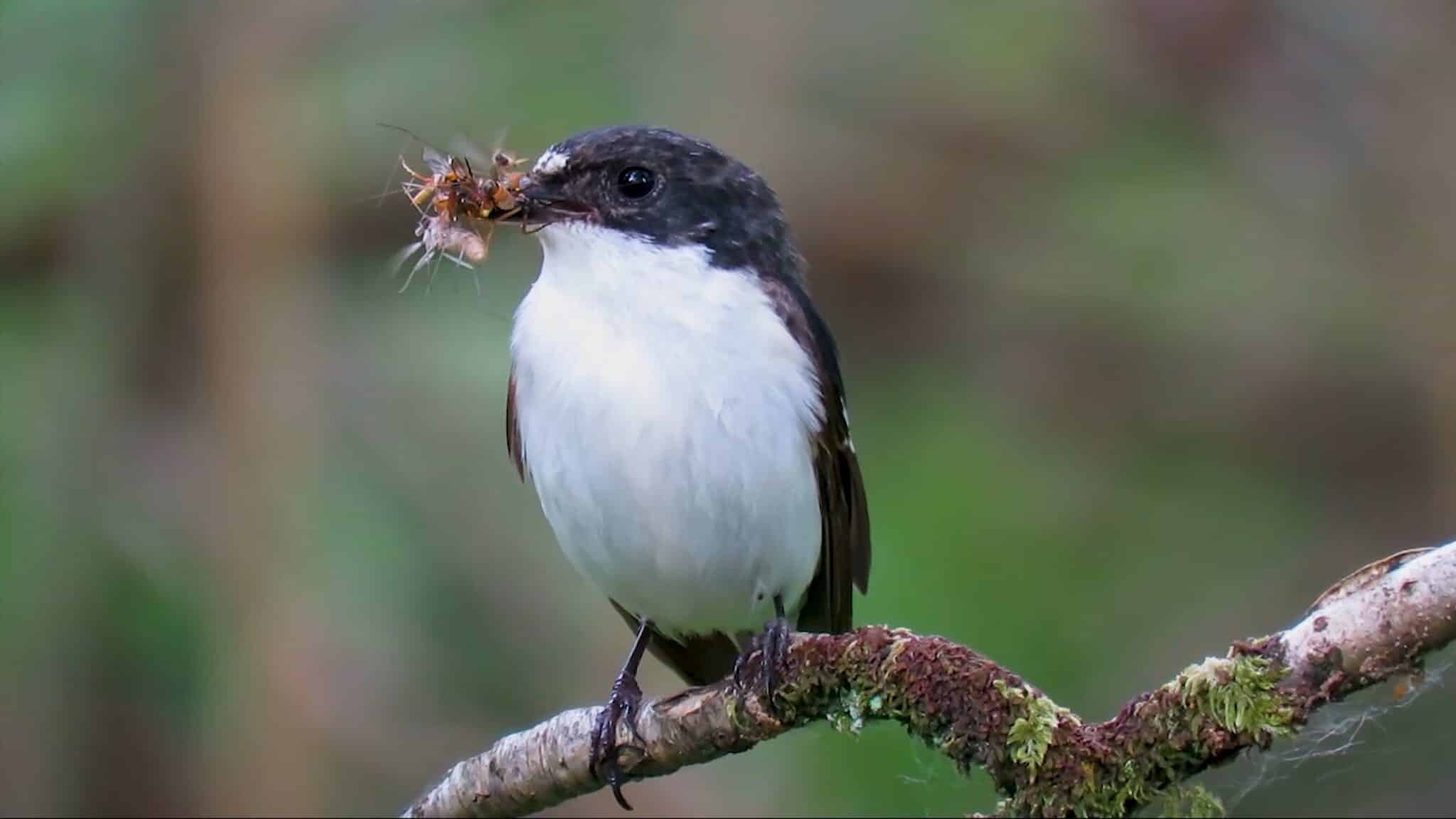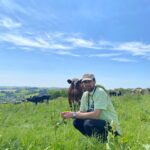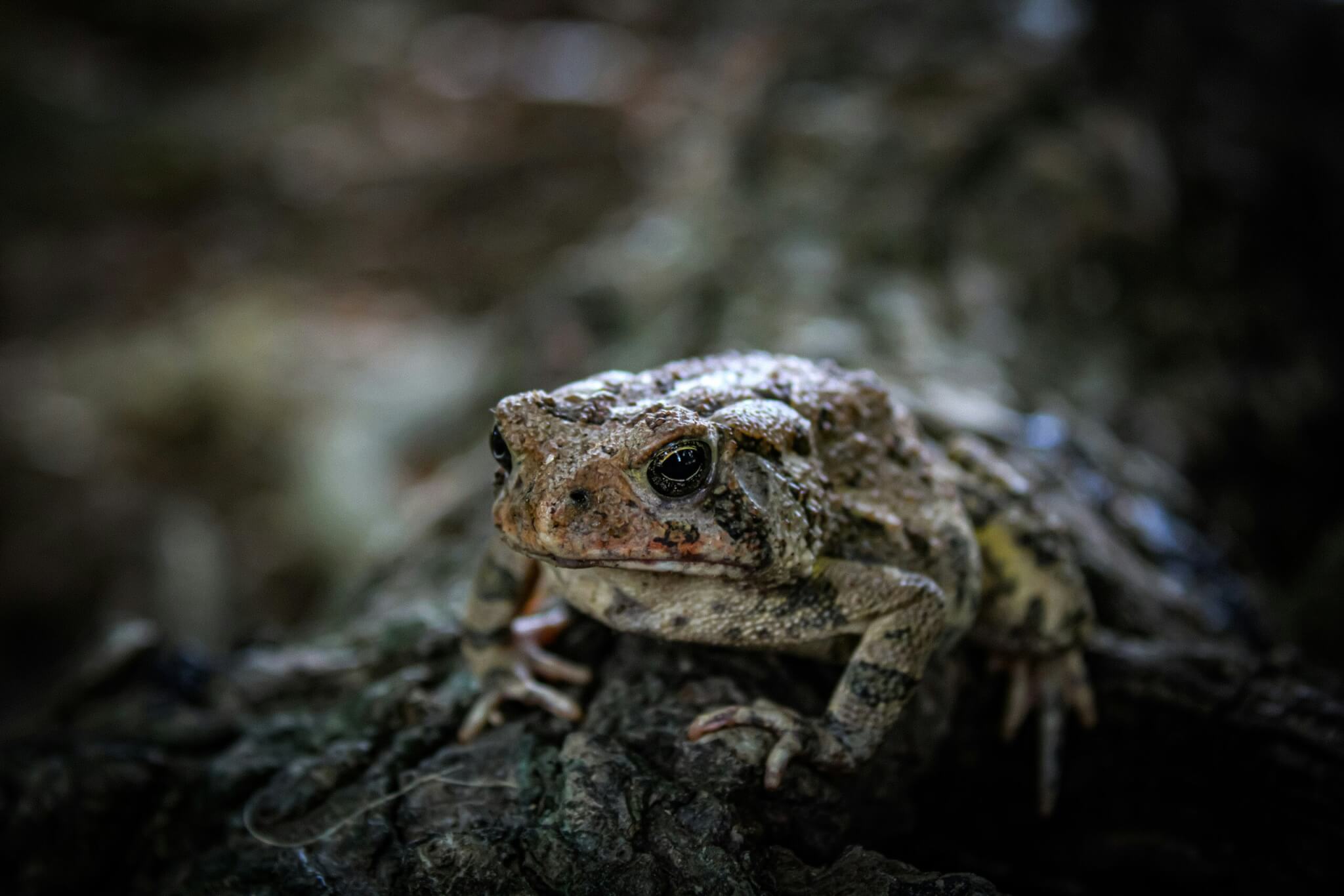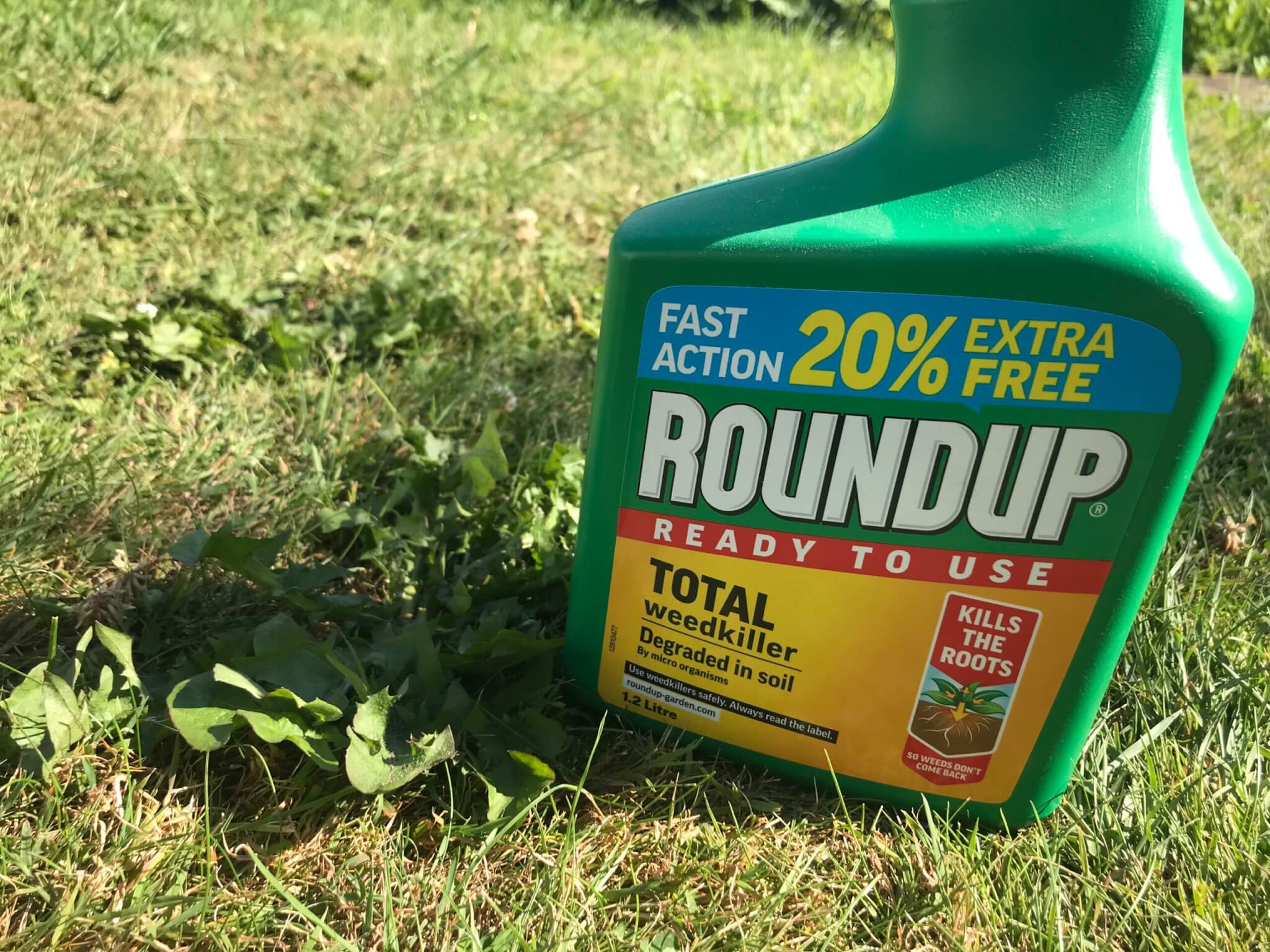Britain’s woods were once part of a dynamic and diverse landscape, managed by keystone species such as the now-extinct cattle ancestor aurochs, boars, beavers, horses, large carnivores and humans. Later, humans alone managed woods in a similar, nature-friendly way. Today, it’s not economically viable to manage most woods so sensitively.
Many woods, including ours, have become dark, uniform blocks, with little disturbance besides overgrazing by deer and squirrels. There are few ‘veteran’ (old and usefully damaged) trees with holes for creatures to nest in. In short, woods don’t support the biodiversity they used to, and need some love.
Since our farm ecologist, Robbie Phillips, pointed this out, we’ve started restoring our woods. We’ve begun rotational coppicing: cutting trees down to stumps that will grow back, rotating in sections through the woods. This provides a rich variety of habitats from the different-aged, growing coppice. We’ve thinned other areas and widened glades to let light in. To make the woods artificially old, we’ve ‘veteranised’ young trees (creating holes) and built 260 wildlife boxes in varying designs: cracks for bats, big cavities for owls, and small boxes for dormice and birds. We’re also leaving deadwood, to feed the ecosystem rather than our fires.
The understory is already springing to life with flowers and elder. Finches pick through piles of deadwood, and hawks hunt in the thinner canopy. Winter moth caterpillars offer ample food for small birds and their chicks. We hope to attract pied flycatchers – a bird that migrates over sub-Saharan Africa for winter and, like the swallow, is having a hard time. Their population is growing 20-30 per cent annually in restored woods close to ours, proving that this work is effective and worthwhile.
As the old business adage goes, ‘Look after the pennies, and the pounds will look after themselves.’ Perhaps looking after the small species can pave the way for the reintroduction of the eagles that once nested on these hills; we know the Anglo-Saxon names of some of our fields, Yarner Beacon and Yarner Wood, descended from the Old English ‘earna’, or eagle.














Splendid, it gives me a warm feeling that purchase through Riverford is leading to this type of benefit. Marvellous.